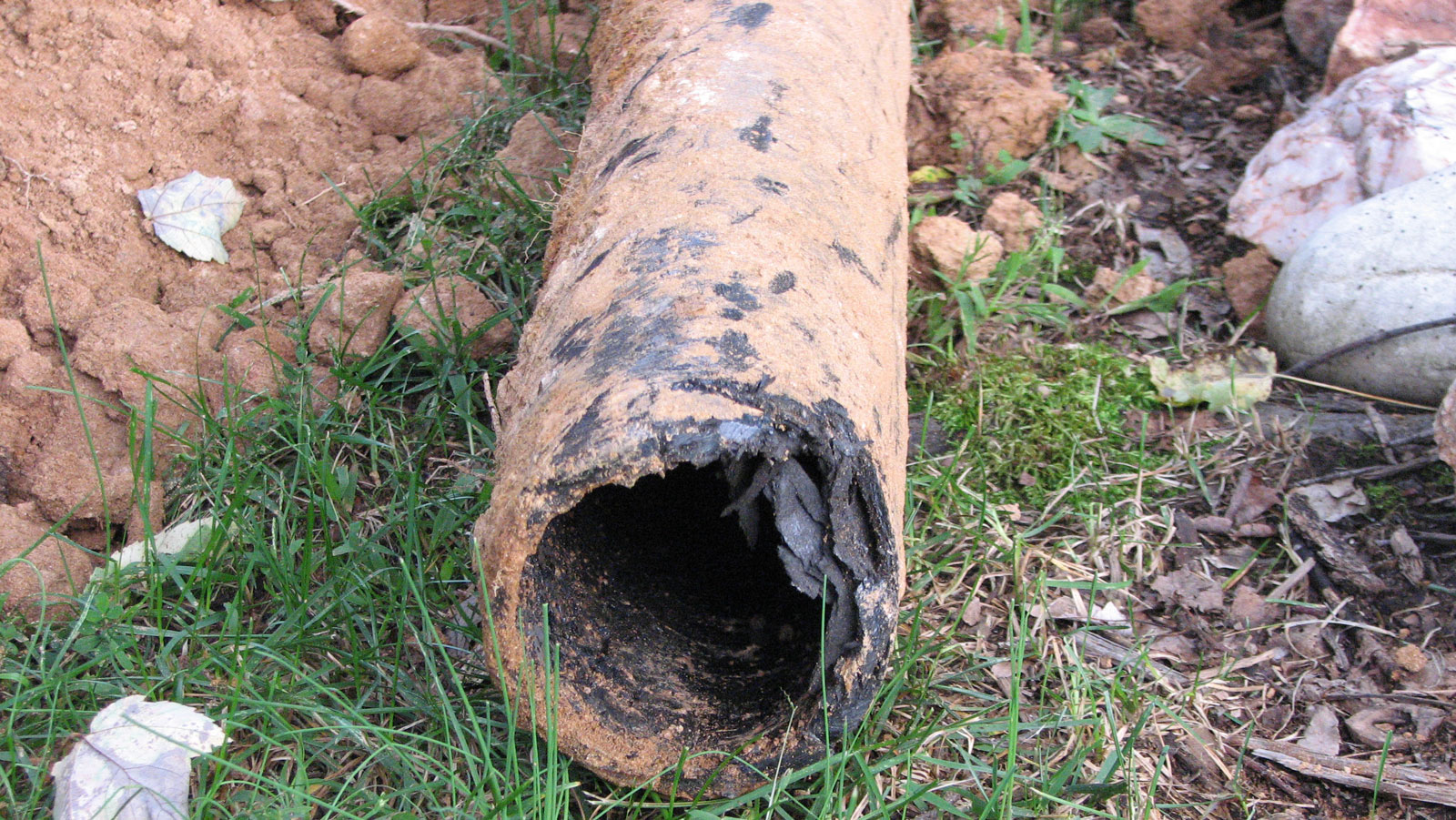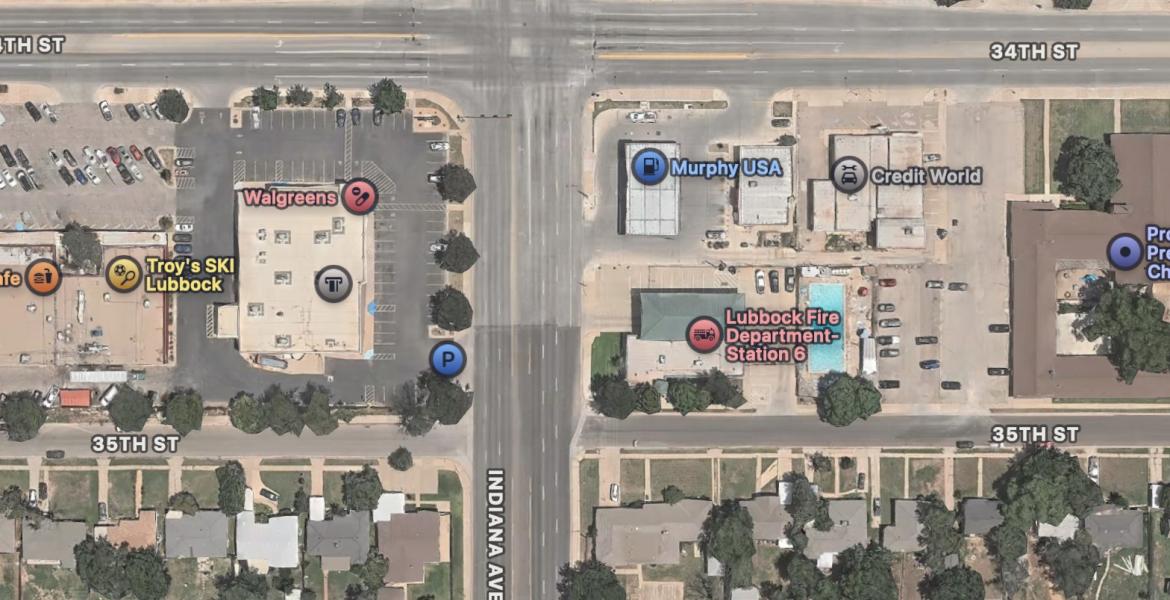LUBBOCK, TX — The City of Lubbock is considering a solution to the ongoing sewer line challenges faced by many homes built before the early 1960s. These homes often used Orangeburg pipe for private sewer laterals. A lateral is the sewer line connected to a residential structure, buried in its pathway to connect with the City of Lubbock’s main sewer lines, typically located in alleyways in residential neighborhoods.
The Orangeburg piping is collapsing at an alarming rate. Until last year, city work crews were fixing these private sewer lines at no charge to prevent a public health problem, but the expense became substantial. The city observed a significant amount of work hours being spent on these private lines.
Orangeburg pipe, originating in the late 19th century, is made of layers of ground wood pulp and asbestos fibers compressed and bound by a water-resistant adhesive, then impregnated with liquefied coal tar pitch. At a recent meeting, Lubbock City Engineer Lloyd Franklin described the pipe as being "no stronger than the cardboard center from a roll of paper towels dipped in tar." PVC pipe has replaced Orangeburg in modern times. However, when old Orangeburg pipe collapses, it causes the private sewer line to fail.
An ad hoc committee of citizens and plumbers was formed to investigate the lateral problem. The committee recommended replacing private lines at an estimated average cost of $2,500 per sewer lateral. City staff reported that approximately 1,000 repairs or replacements are completed annually. If commercial plumbers were performing the work, it could cost the city up to $2.5 million per year.
City Manager W. Jarrett Atkinson and his staff devised a solution that would likely not cost $2.5 million. Atkinson proposed organizing two special city work crews to address the Orangeburg and broken sewer lateral problem. To fund this, in part, he will eliminate three currently unfilled payroll positions — a construction foreman and two workers. He proposed that each property owner who has the city replace their sewer lateral pay a one-time fee of $1,000, which would be added to their water bill. Property owners would have the option to finance the $1,000 expense over 12 months, but no longer.
Some property owners at certain income levels may be eligible for financial assistance. Atkinson proposed that the assistance come from a $700,000 fund in the North and East Lubbock Infrastructure Fund (NELIF). The city manager suggested that $500,000 of the NELIF be used for the sewer lateral subsidy program.
Mayor Pro Tem and Councilwoman Christy Martinez-Garcia objected to using $500,000 from the NELIF, as she had other plans for that money.
“District 1 has not had its fair share of NELIF funds. And this year we were counting on that because we’ve been neglected,” said Martinez-Garcia.
She argued that the proposal would leave only $200,000 in the NELIF for District 1, which she deemed insufficient.
Atkinson’s proposal aimed to subsidize low-income homeowners throughout Lubbock for the sewer lateral replacement program, not just those in north and east Lubbock.
Six years ago, in 2018, the NELIF spent $319,410 to make improvements on 22 houses in north and east Lubbock. To achieve similar results in 2024, considering inflation, it may require $400,000 or more. Residential construction inflation has surged, particularly since 2021.
Atkinson agreed to Martinez-Garcia’s request to reduce the NELIF contribution to $300,000. If the program costs more during the fiscal year, Atkinson promised to find another funding source.
Regarding the amount needed for subsidies, Atkinson said, “We don’t know the real number. These are all estimates of how many folks would qualify for this. I think we are high.”
He added that by next year, the city would have nearly a year’s worth of data and could better estimate how much funding will be needed for the sewer lateral replacement program.
Other than a $1 increase in the base sewer charge for residents, which will cover rising expenses unrelated to the lateral program, Atkinson assured the council that his proposed solution would not impact sewer or water rates.

Orangeburg pipe, originating in the late 19th century, is made of layers of ground wood pulp and asbestos fibers compressed and bound by a water-resistant adhesive, then impregnated with liquefied coal tar pitch.
Subscribe to the LIVE! Daily
Required






Post a comment to this article here: